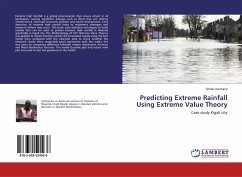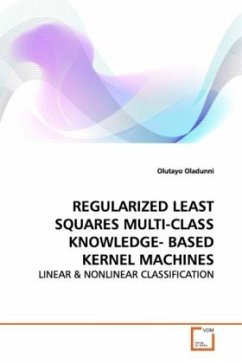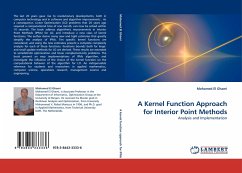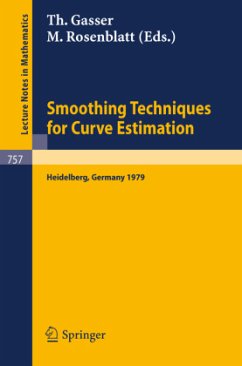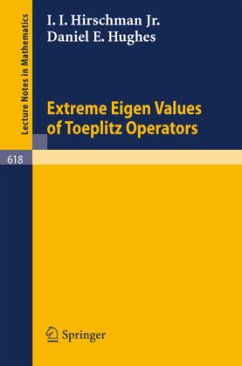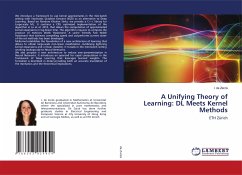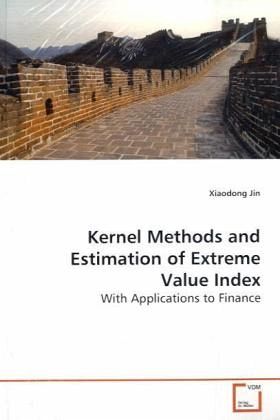
Kernel Methods And Estimation of Extreme Value Index
With Applications to Finance
Versandkostenfrei!
Versandfertig in 6-10 Tagen
45,99 €
inkl. MwSt.

PAYBACK Punkte
23 °P sammeln!
This book is a blend of rigorous probability theories and interesting statistical methodologies. It contains two parts. In Part I we propose two new asymmetric kernels called Birnbaum-Saunders and Lognormal kernels. These two kernels can be applied to the estimation of the probability density functions of ultra-high frequency financial data. In Part II we study in detail the domain of attraction (DOA) approach for the estimation of extreme value index (EVI). We apply both the parametric approach and the DOA approach to estimate EVI and the extreme quantile. We conclude that the DOA approach is...
This book is a blend of rigorous probability
theories and interesting statistical methodologies.
It contains two parts. In Part I we propose two new
asymmetric kernels called Birnbaum-Saunders and
Lognormal kernels. These two kernels can be applied
to the estimation of the probability density
functions of ultra-high frequency financial data. In
Part II we study in detail the domain of attraction
(DOA) approach for the estimation of extreme value
index (EVI). We apply both the parametric approach
and the DOA approach to estimate EVI and the extreme
quantile. We conclude that the DOA approach is more
flexible than the parametric approach, whereas in
the DOA approach there is no single estimator
dominates all the other estimators.
theories and interesting statistical methodologies.
It contains two parts. In Part I we propose two new
asymmetric kernels called Birnbaum-Saunders and
Lognormal kernels. These two kernels can be applied
to the estimation of the probability density
functions of ultra-high frequency financial data. In
Part II we study in detail the domain of attraction
(DOA) approach for the estimation of extreme value
index (EVI). We apply both the parametric approach
and the DOA approach to estimate EVI and the extreme
quantile. We conclude that the DOA approach is more
flexible than the parametric approach, whereas in
the DOA approach there is no single estimator
dominates all the other estimators.



